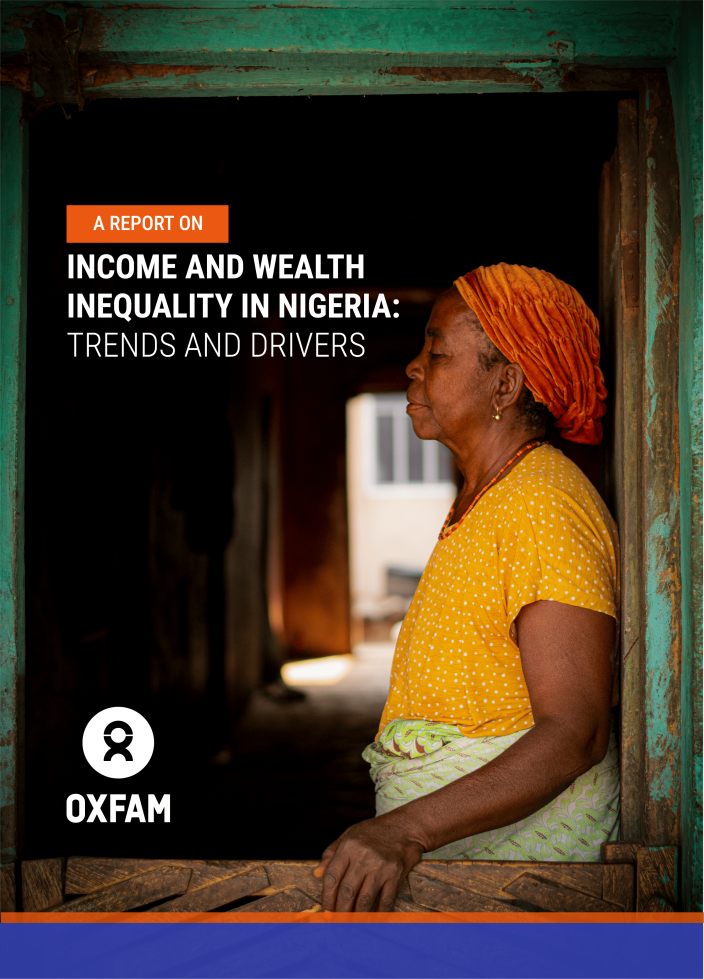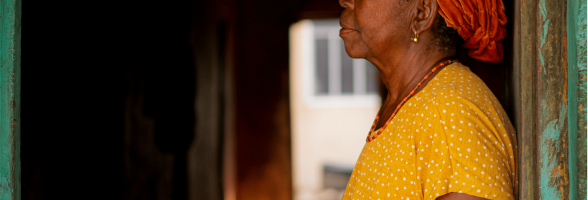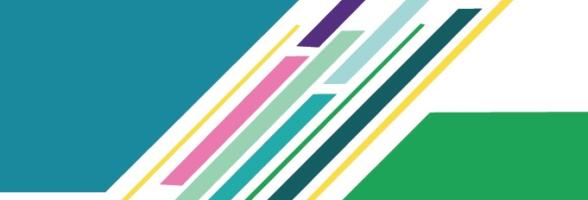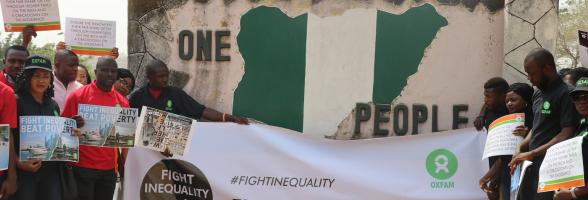
Photo by Freepik/Freepik
The reports titled "Income and Wealth Inequality in Nigeria: Trends and Drivers" and "Taxing the Rich: Fair Tax Monitor" a comprehensive analysis conducted by Oxfam in Nigeria, the Tax Justice Network Africa, and the Civil Society Legislative Advocacy Centre (CISLAC). These two studies explore the structural causes of inequality in Nigeria, focusing on income, wealth, gender, and regional disparities.
The findings are based on statistical data, expert analysis, and contributions from key policy stakeholders.
In Nigeria, the economic situation is critical, with millions struggling to make ends meet as prices rise faster than wages, leaving many hungry and desperate. Over 133 million people—about 7 in 10—are facing hunger, and women and girls are particularly affected, making up nearly 63% of those who are hungry. In rural areas, less than 40% of households have access to electricity, severely limiting educational opportunities and healthcare access. Women and girls disproportionately bear the burden of poverty, with a 35% literacy rate compared to 59.5% for men, and limited access to education and land ownership.
To make things worse, the country is on the verge of bankruptcy, with the poorest states, like Sokoto, having an 87% poverty rate compared to just 4.5% in Lagos. The growing debt means that most of the budget goes toward paying off loans instead of funding essential public services.
Access to education and healthcare remains highly unequal across Nigeria, with significant gaps between rural and urban areas, rich and poor households, and between genders. The poor performance in these sectors has long-term implications for human capital development and social mobility:
- The poor state of healthcare systems, especially in rural areas, leaving millions at risk of preventable diseases and malnutrition. More than 14 million people were reported to be undernourished in Nigeria as of 2020.
- Despite having one of the lowest tax-to-GDP ratios in the world—just 6% in 2019 and now at 10.86%—Nigeria spent 80.6% of its revenue on paying off debts in 2022.
- In rural areas, less than 40% of households have access to electricity, which limits educational opportunities.
- Over 133 million Nigerians live in severe poverty, with half of the population lacking access to essential services.
Download the reports for more insights


